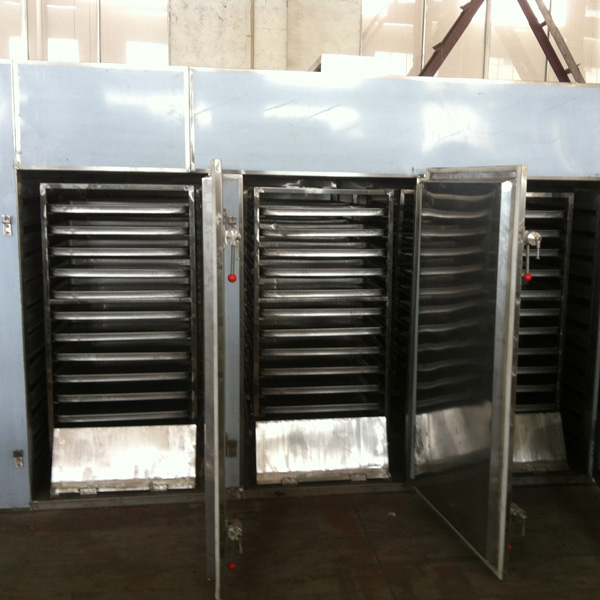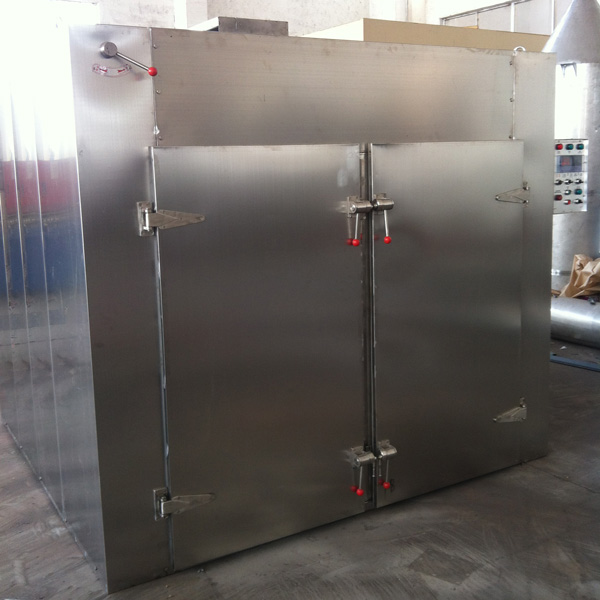How to Choose the Best Food Dehydrators 2022
If you want to invest in a dehydrator, but you’re not sure which one is best?
There are plenty of brands and models to choose from out there, but they’re not all the same. You can find lots of different features and a wide range of prices, too.
I’ve been dehydrating food for years, so I know a thing or two about them. In this article, I’m going to share with you what I think are the best dehydrators for industry use. This is based on personal experience and also on information gleaned from hours and hours of research.
You’ll be able to compare the features, the pros and cons, and prices of the four models. I’ve also included information about dehydrators in general, how to use them, and what to consider before buying one.
Here are some its great features of RichenTek 24/30-Tray Industrial Food Dehydrator:
- 24 free drying trays with flexible mesh inserts
- 94 square feet total drying area
- Adjustable timer with auto shut-off
- Temperature range of 105° to 300°F
- Color choice: Stainless Steel
- 1 Year Warranty
How to Choose a food Dehydrator?
Here are the main factors you should consider when shopping for a dehydrator:
- Total Drying Space – How much food will you want to dehydrate at one time? If you’re going to be doing a lot, you’ll need a larger drying area.
- Expandability – Do you want to start small and have the option to increase the drying area later? If so, you’ll want to choose one of the stackable dehydrators.
- Size of Unit – Dehydrators come in different sizes and shapes. Do you have enough counter or table space for the model you’re considering? What about storage space when you’re not using it?
- Temperature Range – Think about what kinds of foods you will be dehydrating, and make sure that the unit you choose goes low enough and/or high enough. If you’re making jerky, the temperature needs to be at least 145° to 155°F.
- Design – The box and shelf type dehydrators tend to do a better job of drying evenly than the stackable ones. But they also tend to be more expensive.
- Extras – Do you want to have a timer? Digital display? Interior light? Sometimes these bells and whistles can increase the price. Consider what’s essential to you that will fit in your budget.
- Warranty – Look for a good warranty and for a company with a good customer service reputation, especially if you’re choosing one of the more expensive models.
Food Dehydrator and Dehydration FAQs

What is a food dehydrator?
A food dehydrator is an appliance that preserves food by taking the moisture out of it. Drying inhibits the growth of bacteria in food, so it dramatically reduces the rate of decay.
What are the benefits of dehydrating food?
There are plenty of benefits. Here are a few:
- Allows you to make healthy and delicious snacks like dried apples, fruit leather, kale chips, and jerky.
- Saves you money.
- Preserves food without canning or freezing.
- Saves storage space.
- Prevents waste of excess garden produce.
How do dehydrators work?
Dehydrators reduce the water content of foods using heat and the flow of air. The devices have some sort of heat source and a fan to circulate the air.
How long does it take to dehydrate food?
It can take from a couple of hours up to a day or so, depending on several factors:
- The type and quality of the dehydrator.
- The humidity level of the air where the dehydrator is situated.
- The type of food and the amount of water in it.
- The size and shape of the pieces of food.
At what temperature should I dry the food?
Different foods should be dried at different temperatures. For example, the best temperature for herbs is between 90° and 110°F, but meat for jerky should be dried at about 160° to 165°F.
Most dehydrators come with a user’s guide that gives you the recommended temperatures for various foods. You can also find information online, or you could buy a food dehydration reference book.
Why is a dehydrator better than using the oven?
Controlling the air temperature and air flow are crucial to successful dehydration.
A dehydrator has a more precise temperature control than an oven. Plus the optimal temperature range for dehydrating is somewhere between 90° and 165°F. Most ovens can’t go that low.
Also, ovens don’t have a way to circulate the air. The food can’t dry evenly without the proper air flow.
What kinds of foods can you dehydrate?
Oh, my, too many to list! But here are some ideas to get you going:
- Fruits like bananas, apples, mangos, strawberries, peaches and grapes.
- Vegetables like onions, peppers, mushrooms, squash, tomatoes, beets, sweet potatoes, and kale.
- Herbs.
- Nuts.
- Meat.
- Raw food energy bars.
- Pureed juices to make fruit leather.
- Spaghetti sauce.
- Eggs (not in the shell, of course – scramble and dehydrate raw eggs to make egg powder).
- Granola.
How do you use dehydrated foods?
You can eat them as is, or reconstitute them with water to use in cooking.
If you’re making soup or other dishes with a lot of moisture, you can just toss the dried foods straight in.
How should I store my dehydrated food?
You can use any kind of airtight container. I like to use glass jars.
It’s best to keep them in a cool dark place. Putting a small food grade oxygen absorber in the container will help make the food last longer.
If you have a vacuum sealer, that’s a great option, too, because you can get all the air out. Plus the bags take up less storage space.
When properly stored, dehydrated foods can keep for several years.
What’s the difference between dehydrated and freeze dried food?
Freeze drying removes about 98-99% of the moisture in food, while dehydration removes about 90-95%. So freeze-dried food has a much longer shelf life – like 25 to 30 years!
It is possible to freeze dry foods at home, but the machines are quite expensive and out of most people’s price range. That’s why I purchase some freeze-dried foods for long term emergency food storage, but dehydrate foods that I will use in the next year or two.
Does dehydrating affect the nutritional value of food?
Not really. Most vitamins, minerals, fiber, carbohydrates, and calories remain intact. Vitamin C is more sensitive to exposure to air and heat than other nutrients, though.
Compared to the extreme temperatures used for canning and freezing, dehydration has a minimal effect on the nutritional value.
What are dehydrators good for besides drying food?
You can do more than just dry food in a dehydrator. But that depends a lot on the design of the appliance. Box and shelf type dehydrators like the Excalibur are the most versatile because you can remove all the shelves and have a large empty space if you need it.
Here are some other uses for dehydrators:
- Proofing bread dough.
- Drying bread for crumbs and stuffing.
- Making yogurt.
- Drying sprouted grains for making flour.
- Drying flowers.
- Making homemade dog treats.
- Making paper.
- Drying Papier-mâché or other crafts that require drying.
- Making potpourri.
- Drying garden seeds for saving.






Leave a Reply